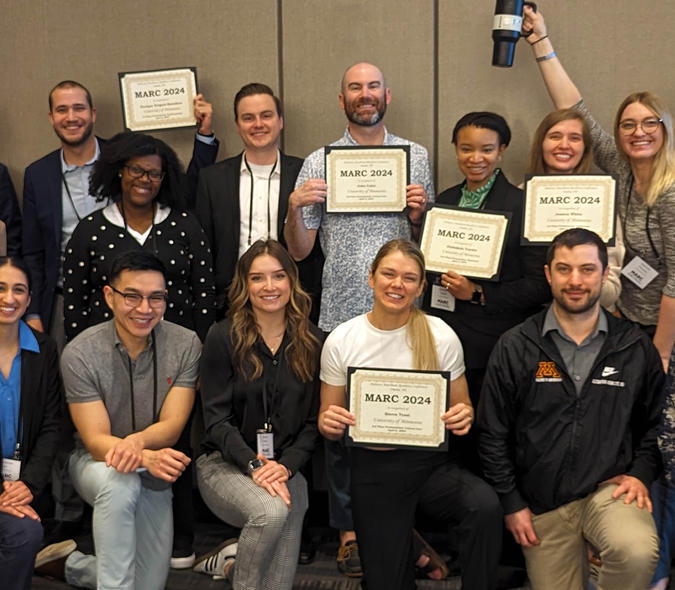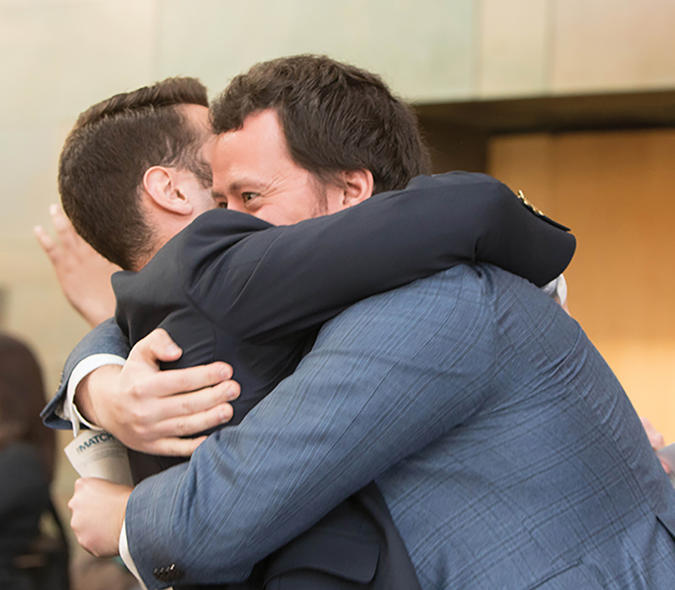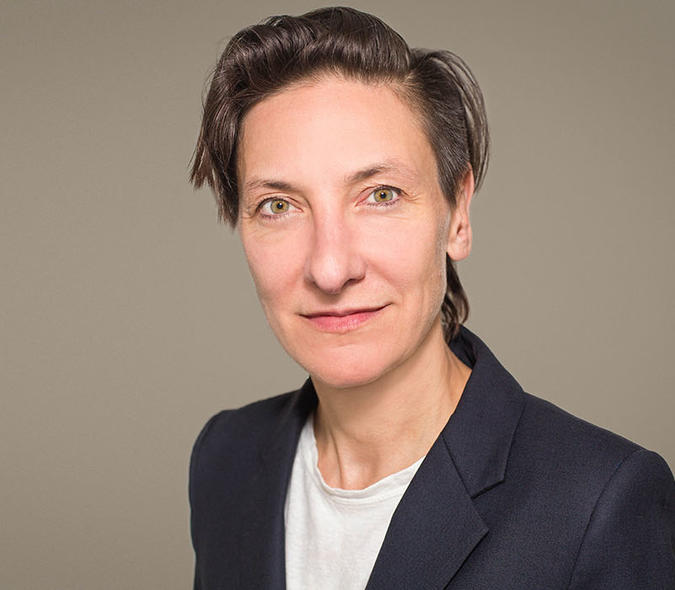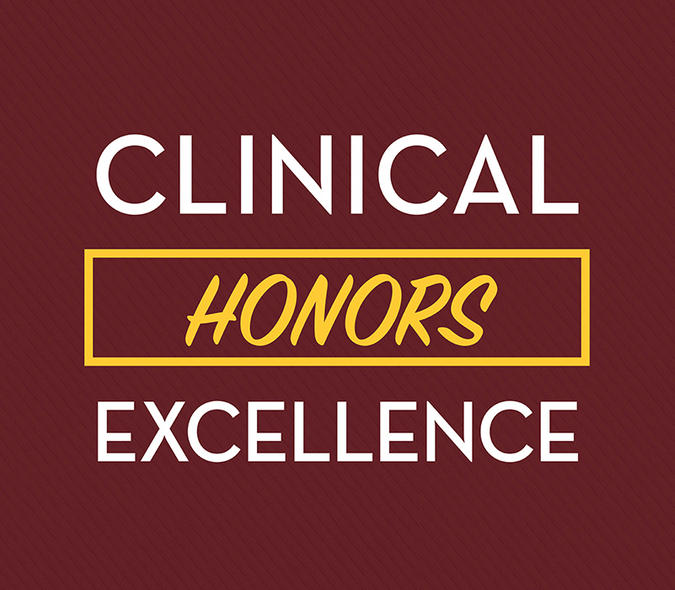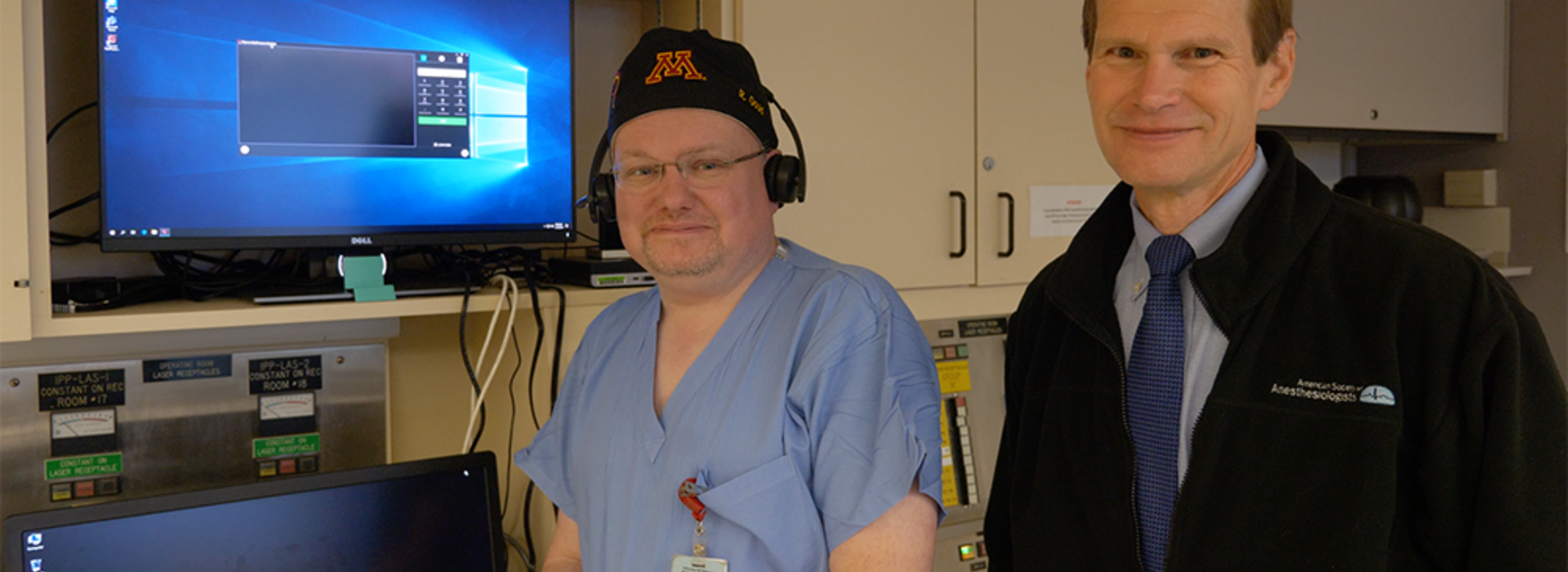
U of M Medical School’s Department of Anesthesiology Expands Virtual Care to the Operating Room
Over the years, the University of Minnesota Medical School has made advances in virtual care in an effort to bring its specialized training and expertise to the entire state—even in some of the more rural areas of the northland. The goal is to make receiving specialized care easier for patients by removing the burden of travel that is sometimes required in order to see a specialty provider from the University of Minnesota for their unique care.
The Medical School has already broken ground in virtual care with the development of the TeleICU, TeleStroke and telemedicine to diagnose and treat heart disease and stroke patients. Now, the Department of Anesthesiology’s introduction of the TelePAC and the TeleOR has brought the knowledge and expertise of its physicians to the doorstep of our rural communities. These remote consultation and portable video-conferencing capabilities feed straight from the M Health Fairview University of Minnesota Medical Center in the Twin Cities to the operating room (OR) at Fairview Range Medical Center (FRMC) in Hibbing, Minnesota.
“We are already working to standardize care pathways here at M Health Fairview, and we thought it only makes sense to help implement these standards of care up in Hibbing, as well, where we can offer some services that aren’t readily available there,” said director of the U of M Preoperative Assessment Clinic (PAC) and expert in perioperative medicine, Darell Randle, MD. “This is a learning venture for both the University and for Fairview Range Medical Center. We are excited to work with our healthcare partners to improve already great service in this wonderful hospital and bring the lessons learned back home to improve care at the University.”
Providers at the hospital in Hibbing can use these anesthesiology and perioperative resources in “real-time” by being able to connect with university-trained anesthesiologists, such as Dr. Randle and Robert Gould, MD, about questions they have about the patient’s readiness to go into surgery, complications that may arise during surgery, and to help coordinate patient care with the OR staff. The virtual team can consult with patients and physicians to identify potential problems ahead of time and address these issues before the surgery takes place.
Dr. Randle explains that the PAC team and the Department of Anesthesiology is working on putting together a variety of online resources for patients and providers to refer to about what patients can expect before, during and after their surgery, and what the standard of care is from a provider perspective.
“In conjunction with Dr. Randle's work, we will allow more patients to receive world-class care at Fairview Range Medical Center,” explains Dr. Gould, division chief of critical care medicine for the U of M Department of Anesthesiology. “The goal of our project is to allow more complex patients to have surgery closer to home, allowing them to recover closer to family. In addition, this opportunity will allow us to expand our educational opportunities to the nurse anesthetist group at Range by including them in existing conferences and to assist them in their continuing educational commitment to learning invasive monitoring techniques and regional anesthesia.”
As the TelePAC and the TeleOR are just beginning, Dr. Randle has big dreams of offering these services to other hospitals and universities, and to venture out further across the state.
